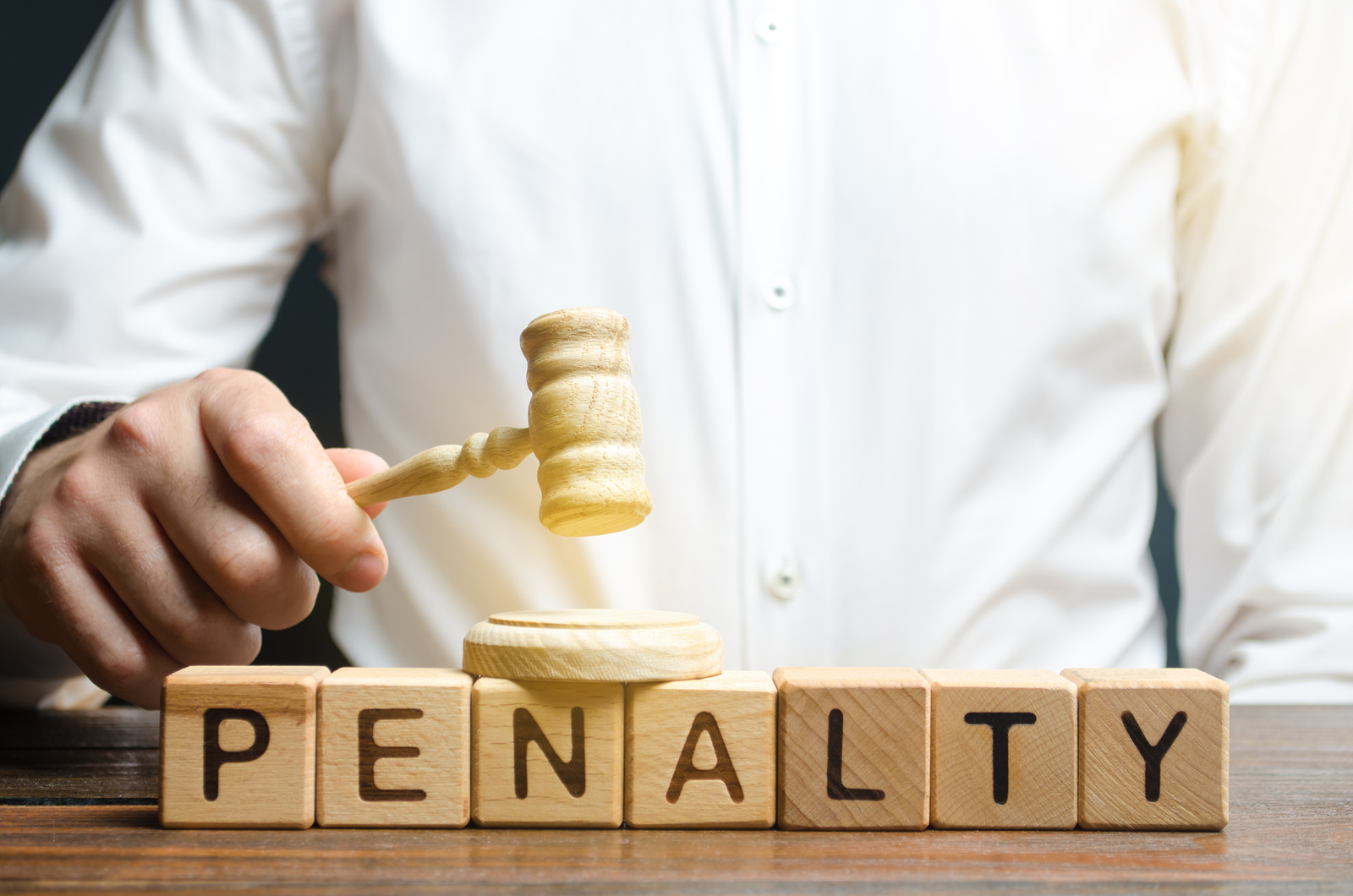An Expert Guide on Website Penalty Recovery

Search engines keep updating their website ranking algorithm and based on such updates they review the content of web pages on the internet. They also undergo a manual review of the pages and check if anyone has used black hat tactics to get to the first page. Upon encountering misleading content and practices that don’t match their set standards, they penalize the respective sites. Most of the times, the penalty is levied in the form of falling rank, otherwise manual actions too are taken to punish the fraudulent practices of many sites. This ultimately comes to the conclusion that keeping abreast of the latest patches and making changes in the content and optimization strategy is the only solution.
This article talks about two penalties wherein one is less than an evil and informs the businesses of their misdeeds and another is hidden, meaning, this one is only recognizable when marketers pay close attention to the ranking of their sites and changing ranking algorithms.
MANUAL PENALTY
Talking in the context of Google, the search engine informs the marketer of the changes that have been made in the rankings. A complete manual actions report is sent to the affected businesses by the search engine support team. It clearly states how their content and online marketing practices violate the quality standards and provides the measures to take for recovering the rank of the webpage. It is easy this way when marketer knows what has actually caused the issue, for instance, cloaking, hidden texts or links, and sneaky redirects.
The quick-fix instructions that Google send to the affected business include the use of Fetch as Google tool which one can easily find in Search Console and use it to recover the affected pages on the site. As the foremost step, one should do every possible thing to recover the link penalized by the search engine. Other steps to take here are identification and elimination of spammy URLs, comments, and invisible texts and links, and submission of the reconsideration request.
ALGORITHMIC PENALTY
Website penalty recovery gets delayed here because no one knows when Panda or Penguin algorithms of Google are going to affect their site. Since Google doesn’t inform about the changes that have been directed to a site’s ranking, the marketers are expected to deal with the plunging traffic on the website on their own. There prevail two ways to recover the rank and traffic to the website i.e., by re-building the links and revising the web content.
Digital marketing professionals can use Google Webmaster Tools to identify all the links that are attached to the site and to disavow the ones that pose a threat and are of low quality. Coming to the content, a duplicate, low quality, keywords stuffed, thin, and spammed content can also go against ranking algorithms. That’s why content writers should use plagiarism and grammar editor tools to ensure an exceptional product.
Whether the penalty is being imposed due to poor backlinks or due to spammy content, there is always a door to recover everything that has been lost. All that marketers are required to do is keeping pace with changing search engine ranking algorithms, check messages sent by search console regularly, and walk parallel to the quality guidelines.





